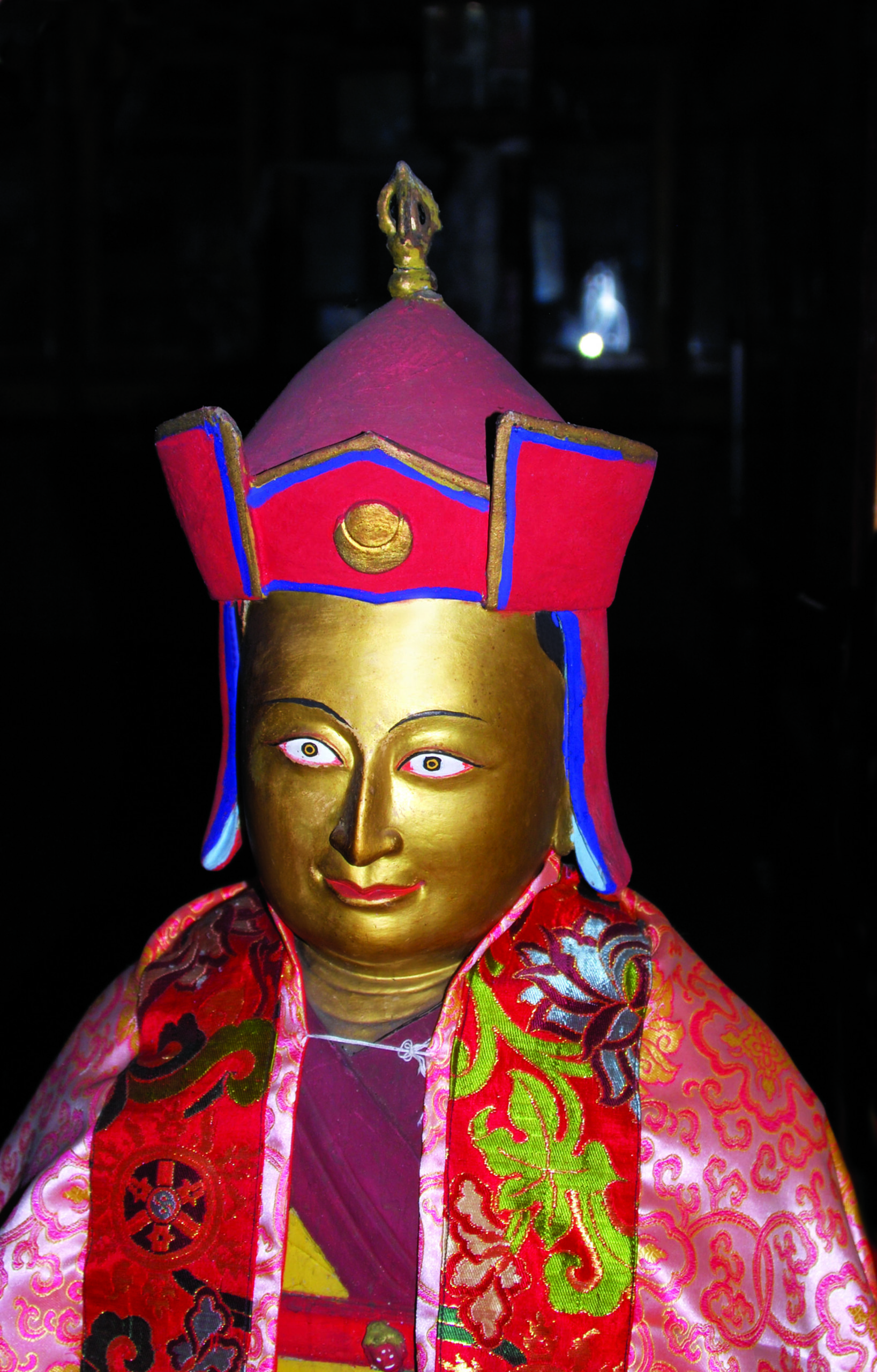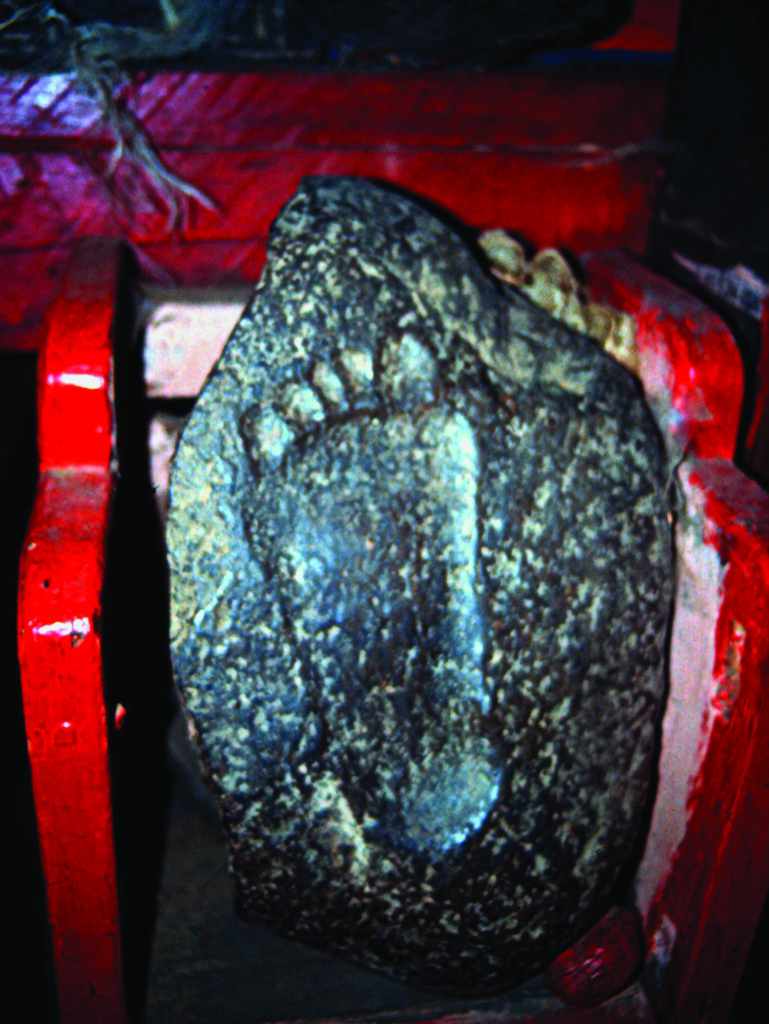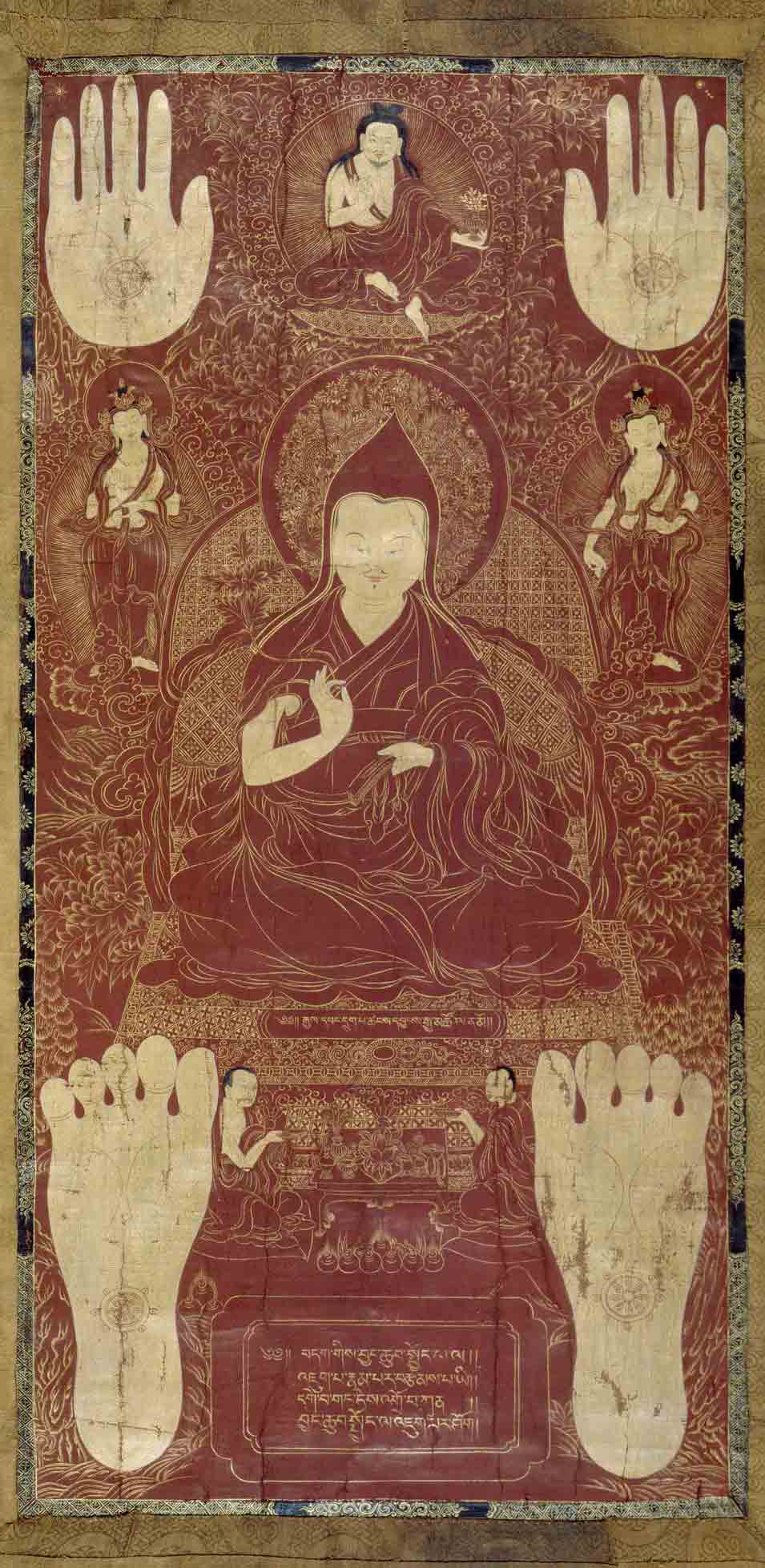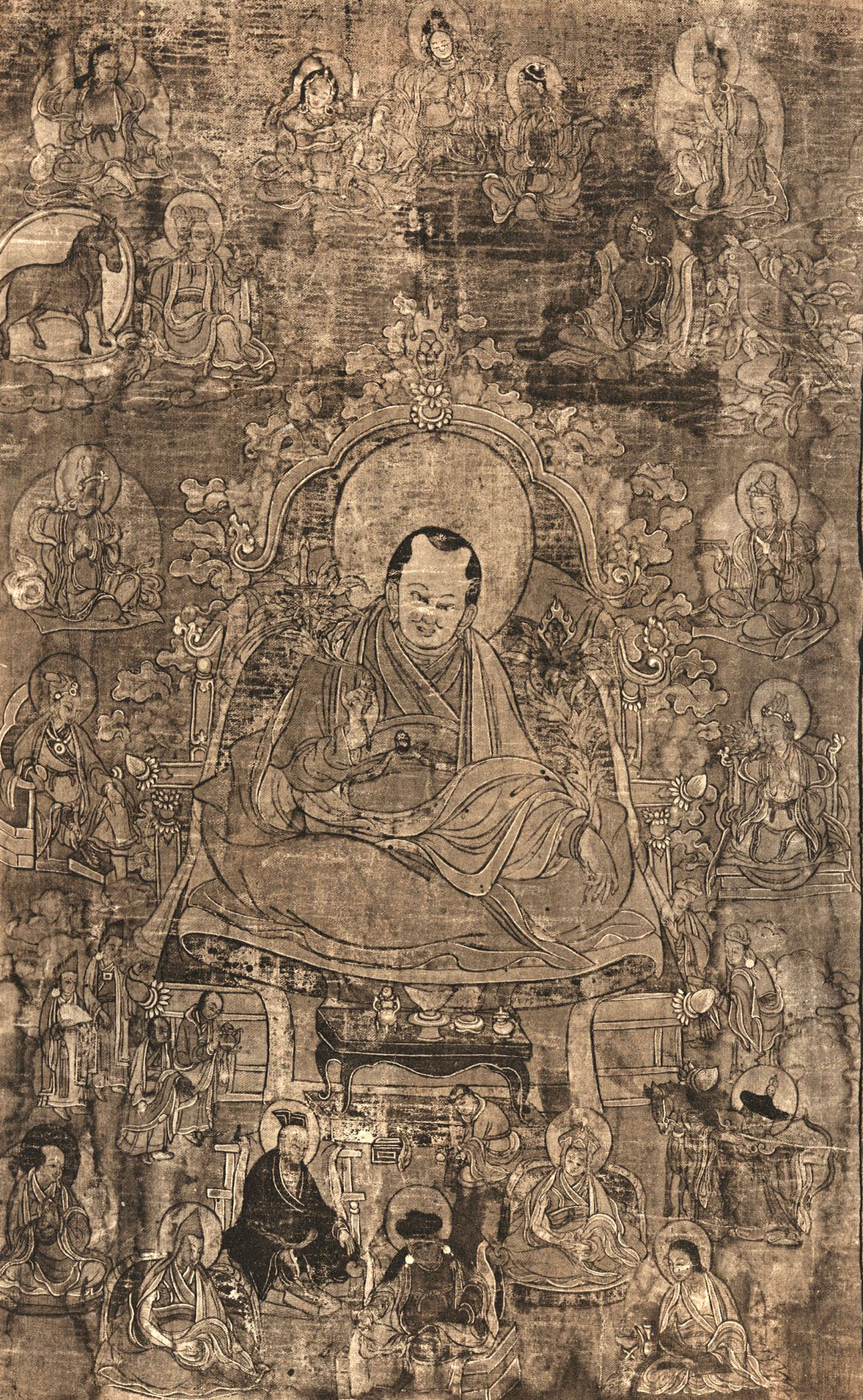
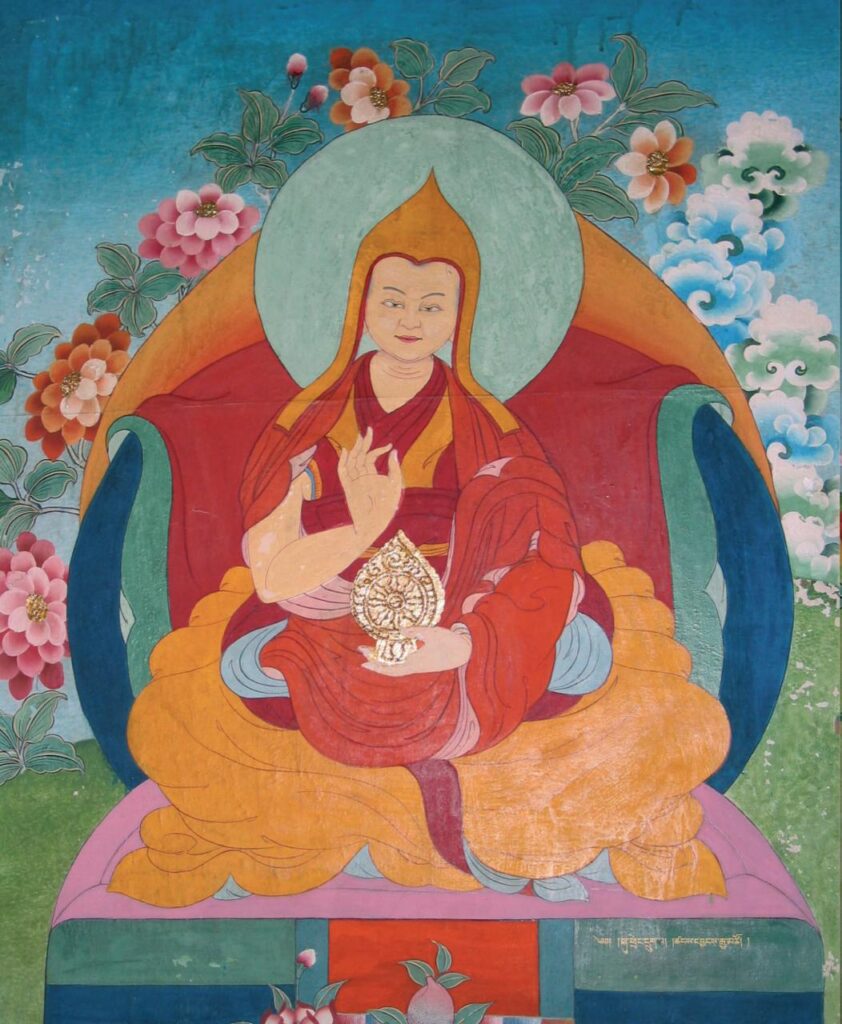
The Sixth Dalai Lama – Tsangyang Gyatso (1683–1706)
The Sixth Dalai Lama, Tsangyang Gyatso, was born in 1683 in Mon Tawang, in present-day Arunachal Pradesh, India, to Tashi Tenzin and Tsewang Lhamo. He was recognized as the Dalai Lama during adolescence, under extraordinary political circumstances.
To fulfill the Fifth Dalai Lama’s final wishes, Regent Sangye Gyatso concealed his death for fifteen years to ensure the completion of the Potala Palace and maintain political stability. During this time, public ceremonies were held with only the Dalai Lama’s ceremonial robe placed on the throne.
In 1688, Sangye Gyatso learned of a remarkable boy in Mon displaying unusual abilities. The child was brought to Nankartse near Lhasa, where he received private instruction. In 1697, the regent announced the passing of the Fifth Dalai Lama and introduced the boy as his reincarnation. The Tibetan people responded with relief and gratitude.
The Panchen Lama, Lobsang Yeshi, ordained the boy as a novice monk, naming him Tsangyang Gyatso. That same year, he was formally enthroned in a grand ceremony attended by representatives from the three major monasteries—Sera, Drepung, and Gaden—Mongol princes, Qing officials, and Lhasa citizens.
However, Tsangyang Gyatso’s time in monastic robes was brief. After the assassination of Sangye Gyatso in 1701 by Lhazang Khan, the political climate became unstable. Rejecting his vows, the young Dalai Lama embraced a life of poetry, music, and spiritual freedom. He wandered freely, frequented taverns, and composed deeply moving verses on love, impermanence, and longing—verses that remain beloved across Tibet to this day.
In 1706, Tsangyang Gyatso was taken into custody by the Qoshot Mongols and is believed to have died en route under mysterious circumstances. Despite his short life, his poetic legacy left an indelible mark on Tibetan culture.
His final verse foretold his rebirth:
Oh White Crane!
Lend me your wings,
I shall not fly far.
From Lithang, I shall return.
In 1708, Kelsang Gyatso was born in Lithang and later recognized as the Seventh Dalai Lama, fulfilling the prophecy.

